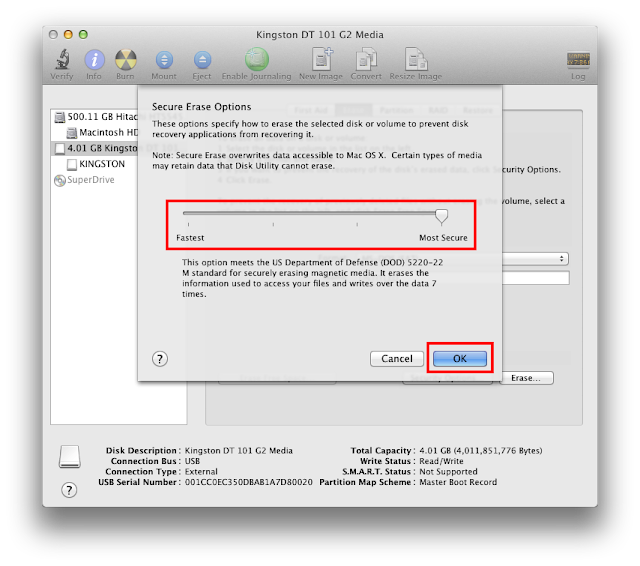

Use third-party data erase tool to erase the Trash files. If you want to delete an entire directory full of files, the command is very similar as displayed above. Right click the Trash icon in Dock and select Empty Trash or Secure Empty Trash. The introduction of solid state (flash) memory rendered the feature completely pointless. There are many reasons Apple removed that feature, not the least of which it was never capable of ensuring secure data destruction with complete effectiveness, even with magnetic media. Your file should now be completely destroyed. 'Secure Empty Trash' is gone, for good reason. Hitting enter after typing the full command will show status that says “removing ” then “done”

Type the srm -v command in the terminal window then drag your file from the finder window to the terminal window to add the path Open a Terminal window (Command + Space, type terminal)ģ. Start by finding the file you want to delete in finder.Ģ. Then select Restore from a Time Machine Backup and follow the onscreen. Only follow the steps below if you are comfortable with the command line and accept the risks if you mess up! How to Securely Remove a File from OS X El Capitan 1. To do this, restart your Mac and hold down Command+R until you see the Apple logo. Warning: This process can seriously mess up your computer if misused. Fortunately there is a way to securely delete a file using the command line. This is annoying because it’s nice to have the option to feel like you are completely obliterating a file. When you are in the recycle bin, the only option that seems to be available is Empty Trash. If you have upgraded your Mac to OS X El Capitan or newer (Sierra, High Sierra, Mojave, etc), you may have noticed the Secure Empty Trash option is missing.


 0 kommentar(er)
0 kommentar(er)
